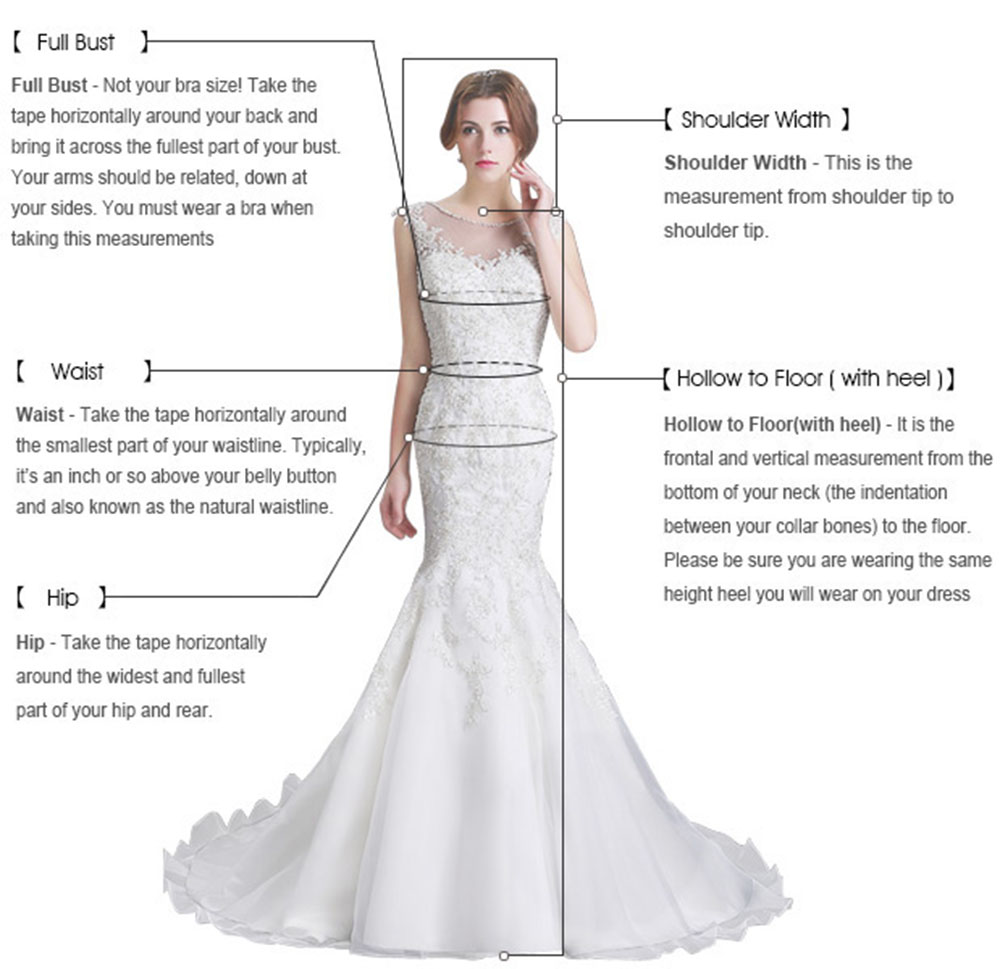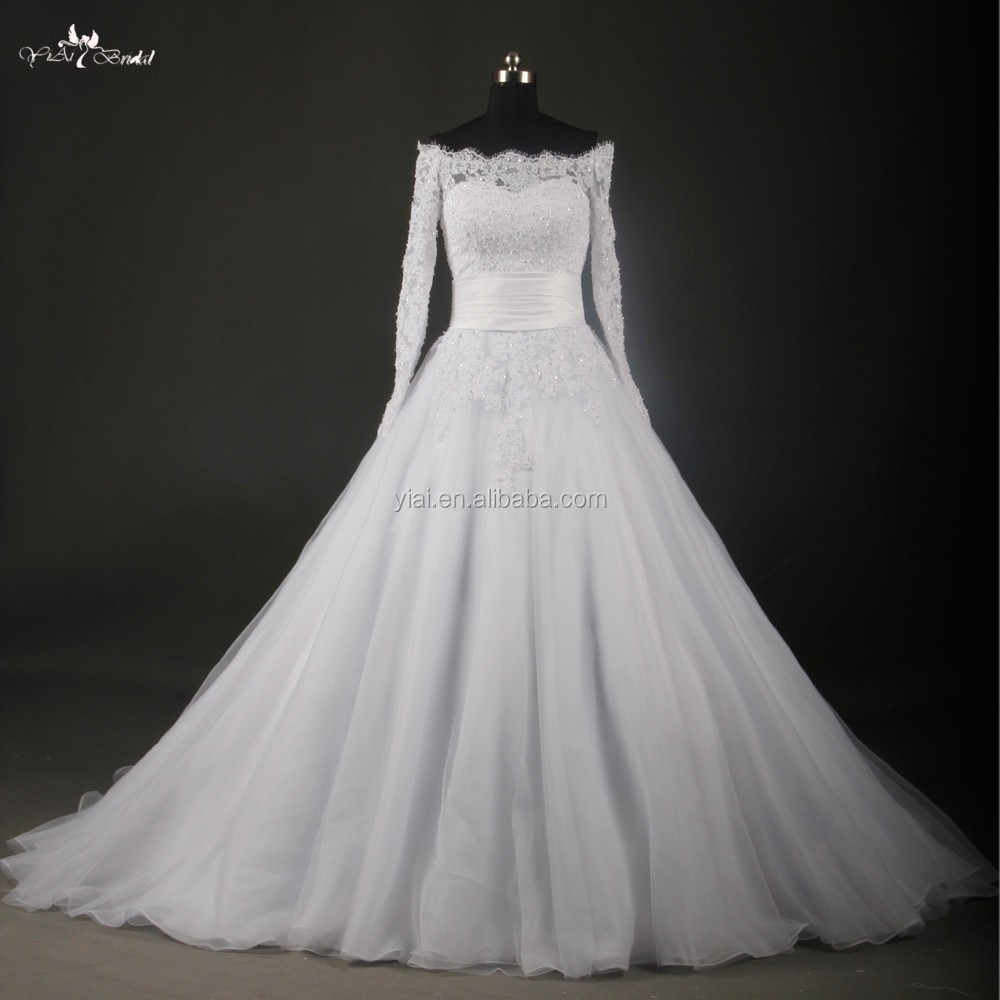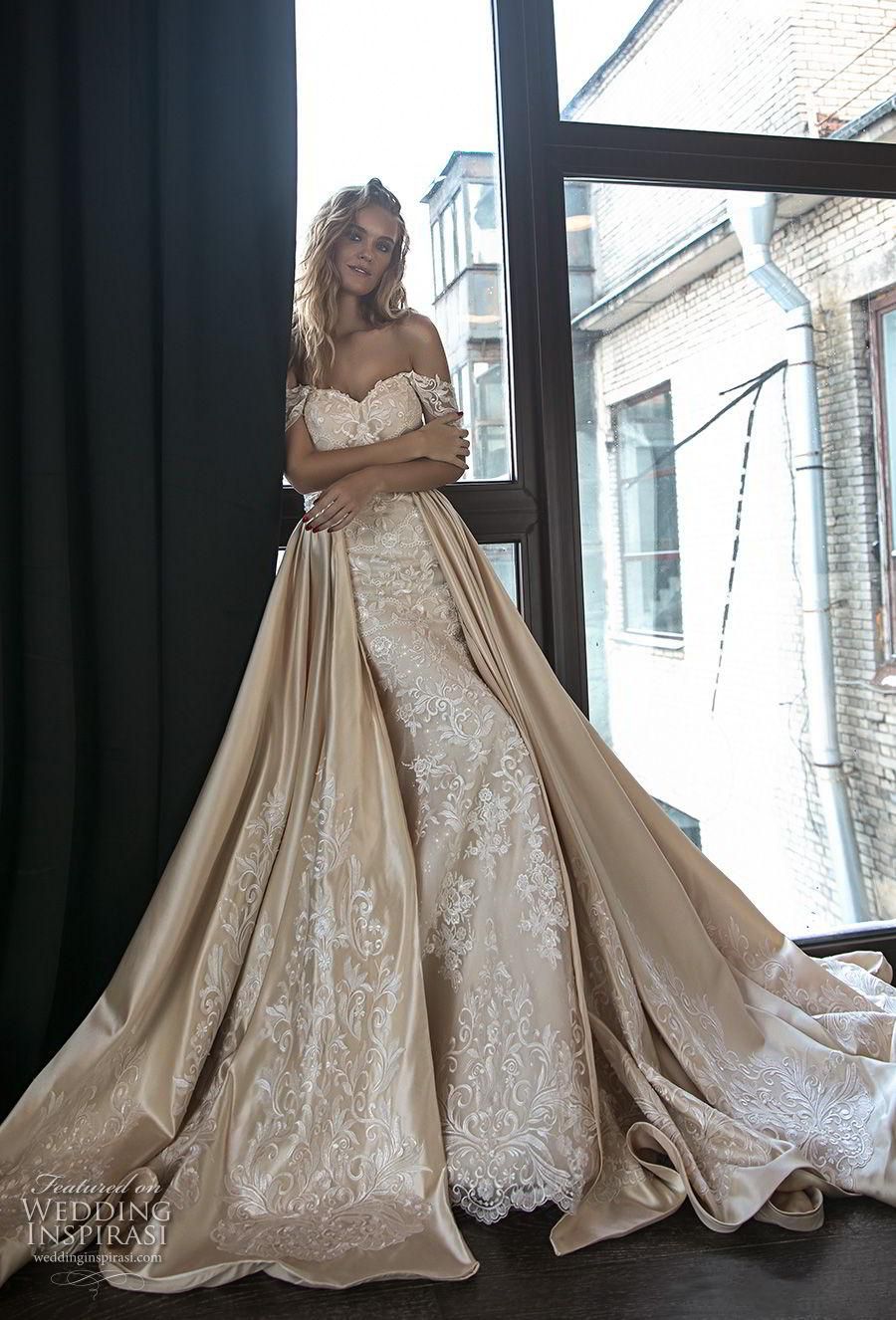Title: The Art of Wedding Attire: The Evolution and Significance of Wedding Gowns and Suits
Wedding attire has undergone a significant evolution over the years, with wedding gowns and suits becoming an integral part of the celebration. The significance of these garments lies not only in their aesthetic appeal but also in the symbolism they convey. From the elaborate and ornate designs of the Victorian era to the minimalist and modern styles of today, the art of wedding attire continues to captivate and inspire. The choice of dress or suit often reflects the personality and style of the bride or groom, as well as their cultural and social background. As such, wedding attire has become an important aspect of the wedding planning process, with couples investing significant time and effort into selecting the perfect ensemble for their special day. Whether it is a stunning ballgown or a sophisticated suit, the art of wedding attire continues to evolve and remain a cherished aspect of this timeless tradition.
Weddings are a celebration of love, tradition, and the commitment between two individuals. At the heart of every wedding lies the attire, especially the dress and suit that symbolize the couple's union. The evolution of wedding dresses and suits is a testament to cultural changes and societal norms. This article explores the historical context, the design elements, and the symbolism behind wedding gowns and suits, highlighting their significance in modern-day weddings.

From Victorian Gowns to Contemporary Chic
The tradition of wearing white for weddings dates back to ancient Greek and Roman cultures, where it was seen as a symbol of purity and innocence. However, it wasn't until the Victorian era that white became the universal color for wedding gowns. The elaborate lacework, voluminous skirts, and intricate detailing of Victorian wedding dresses represented wealth, social status, and the bride's beauty. The trend shifted towards simpler designs in the early 20th century, with minimalist lines and soft pastels becoming popular.
In recent years, there has been a resurgence of vintage-inspired wedding dresses, with many brides opting for classic ballgowns or A-line styles. These gowns often feature lace details, beading, and tulle, paying homage to the past while incorporating modern elements like low backs, short trains, and exposed backs.
Similarly, wedding suits have undergone a transformation over time. In the early 20th century, men's formalwear consisted of black suits with matching bowties and dress shoes. The 1920s saw a shift towards colorful and patterned suits, with bold lapels and ties. During the 1960s and 70s, casual wear became increasingly popular, leading to relaxed fit jackets and trousers for both men and women.
Today's grooms have more options than ever before when it comes to suit styles. From classic two-piece suits to tailored tuxedos, there are plenty of ways to make a statement on your big day. Many couples opt for dark colors like navy or midnight blue, while others choose more playful hues like neon green or metallic silver. Whatever style you choose, the key is to create a look that complements your personality and the theme of your wedding.

Symbolism and Meaning in Wedding Attire
Beyond their aesthetic appeal, wedding gowns and suits hold deep symbolic meaning. Wedding gowns are not just clothes; they are a form of expression that tells the world something about the couple getting married. The choice of fabric, color, cut, and embellishments all carry significance. For example:
White: White is a symbol of purity and innocence, making it a popular choice for brides who want to start their lives together clean slate. It also signifies renewal and growth, as well as gratitude for the bride's family's support in her journey to marriage.
Pink: Pink is associated with love, sweetness, and romance. It's a popular color for young brides who want to express their youthful energy and enthusiasm for life together.
Red: Red is a bold and powerful color that symbolizes love, passion, and intensity. It's often chosen by couples looking to make a statement with their wedding attire or those whose culture places high value on the color red.

Black: Black is a timeless color that symbolizes elegance, sophistication, and seriousness. It's often favored by couples who prefer a sleek and understated look or those who come from cultures where black is traditionally worn during important ceremonies.
Groom Suits: Groom suits also convey symbolic meaning beyond just fashion. The suit material (wool, cotton, etc.) can reflect the couple's values or preferences. Similarly, the tie style (plain silk or bold prints) speaks to their personality. For example, a crisp white shirt with minimal adornment might indicate a couple who values simplicity and understated elegance, while a brightly colored or patterned tie could suggest playfulness or creativity.
Customizing Wedding Gowns and Suits
Another aspect of wedding attire that allows for personal expression is customization. From choosing unique fabrics to adding intricate embroidery or beading, couples have the freedom to make their garments truly one-of-a-kind
Articles related to the knowledge points of this article:
Feather Yarn: The Unique Material for Winter Fashion
Title: Mastering the Art of Tie Knots: How to Tie a Tie Perfectly
Lightweight Down Jackets: The Ultimate Guide
Title: The Cost of a Hermès Tie: A Comprehensive Guide
Hermes: The Iconic Brand of Luxury Ties
Title: A Guide to the Perfect Tie: Understanding the Art of Tie Knots and Choosing the Right one



